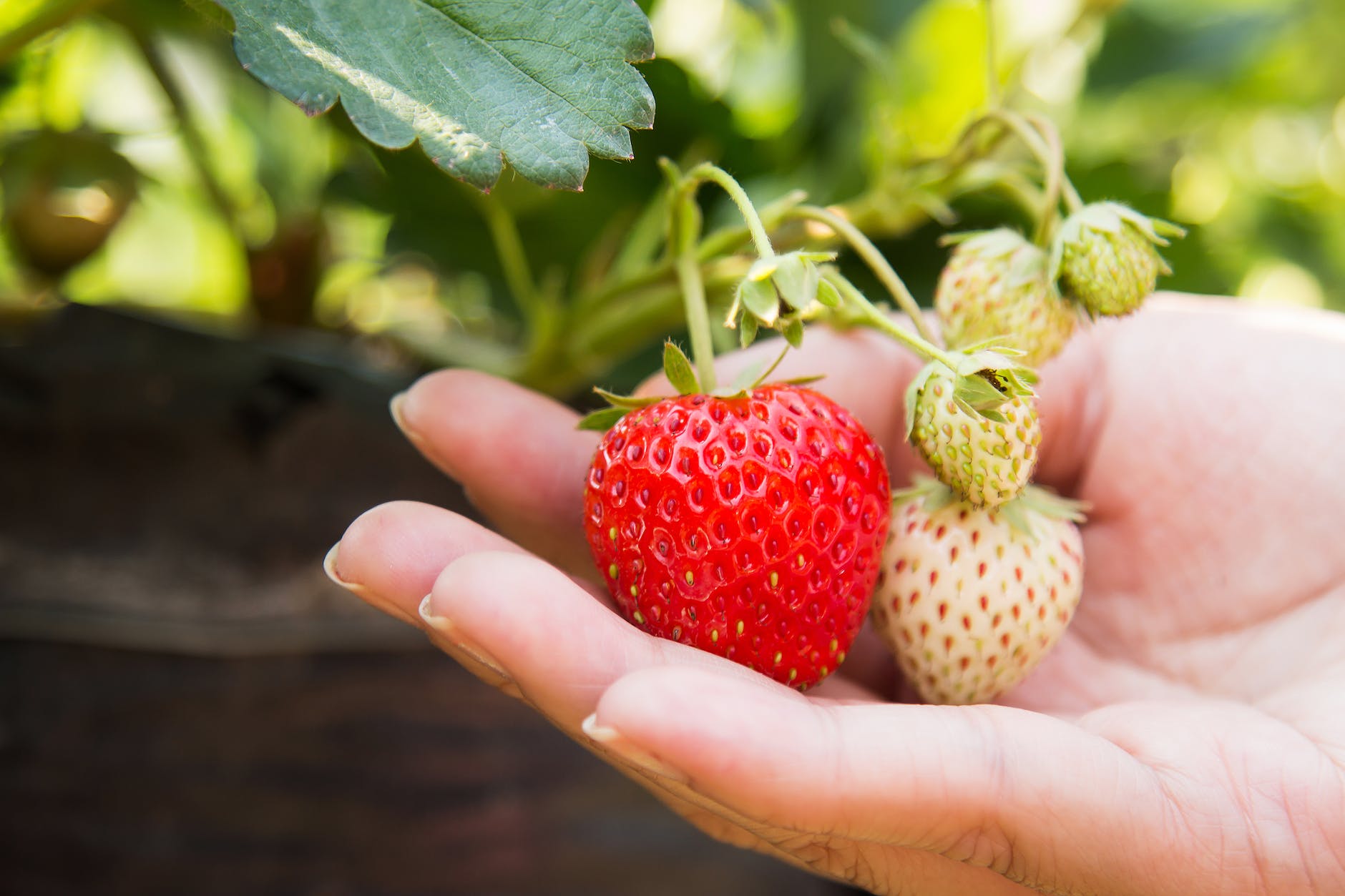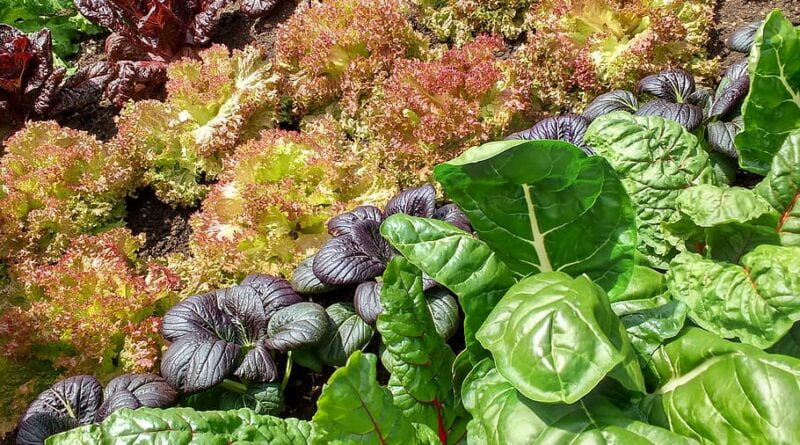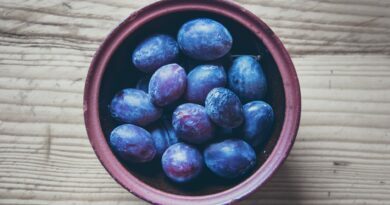Harvesting Month By Month: A Guide to Maximizing Your Allotment Harvest
Growing your own fruits and vegetables on an allotment can be a rewarding experience, but to get the most out of your plot, it’s important to know when to expect the best harvests. Here’s a month by month guide to help you plan and make the most of your harvest.
January:
- If you’re growing winter greens such as kale, spinach, and chard, you’ll be able to harvest them this month.
- Root vegetables like carrots, turnips, and parsnips are also ready to be harvested, providing a fresh and healthy addition to your meals during the winter months.
- In milder climates, you may also be able to harvest brussel sprouts and other winter greens.
February:
- This is a great time to start planning for the upcoming growing season by ordering seeds and preparing your soil.
- You can also start planting early spring crops such as peas and broad beans.
March:
- As the weather starts to warm up, you can start planting other early crops such as lettuce, radish, and spinach.
- If you have a greenhouse, you can start planting tomatoes, peppers, and other heat-loving crops.
April:
- As the weather warms up further, you can start planting your main crop vegetables such as potatoes, beans, and corn.
- You can also start planting fruit trees such as strawberries, cherries, and plums.
May:
- This is the time to start harvesting your early spring crops such as lettuce and radish.
- You can also start planting warm-season vegetables such as cucumbers, zucchini, and squashes.
June:
- By now, your strawberries should be ready to harvest, providing a sweet and juicy addition to your meals.
- You can also start harvesting your first crop of peas and beans.

July:
- This is a busy time for harvesting as summer crops such as tomatoes, peppers, cucumbers, and zucchini are all ready.
- You can also start harvesting your second crop of peas and beans.
August:
- August is a great time for harvesting corn, which is a staple of many summer meals.
- You can also harvest other late-season crops such as pumpkins and watermelons.
September:
- This is a good time to start planning for the upcoming winter months by planting winter greens and root vegetables.
- You can also start harvesting apples and other fall fruits.
October:
- This is a great time to harvest winter squashes such as pumpkin and butternut, which can be stored for use throughout the winter months.
- You can also start harvesting root vegetables such as carrots, turnips, and parsnips.
November:
- If you’ve been careful with your watering, you may be able to harvest your first crop of winter greens such as kale and spinach.
- You can also start harvesting hardy herbs such as rosemary, thyme, and sage, which will provide fresh flavors for your winter meals.
December:
- This is the time to harvest your remaining root vegetables and winter greens.
- You can also start planning for the upcoming growing season by ordering seeds and preparing your soil.
By following this month by month guide, you’ll be able to maximize your harvest and enjoy a steady supply of fresh, healthy fruits and vegetables all year round. Whether you’re growing for personal consumption or to sell at a local farmers’ market, a well-timed harvest is key to success.




